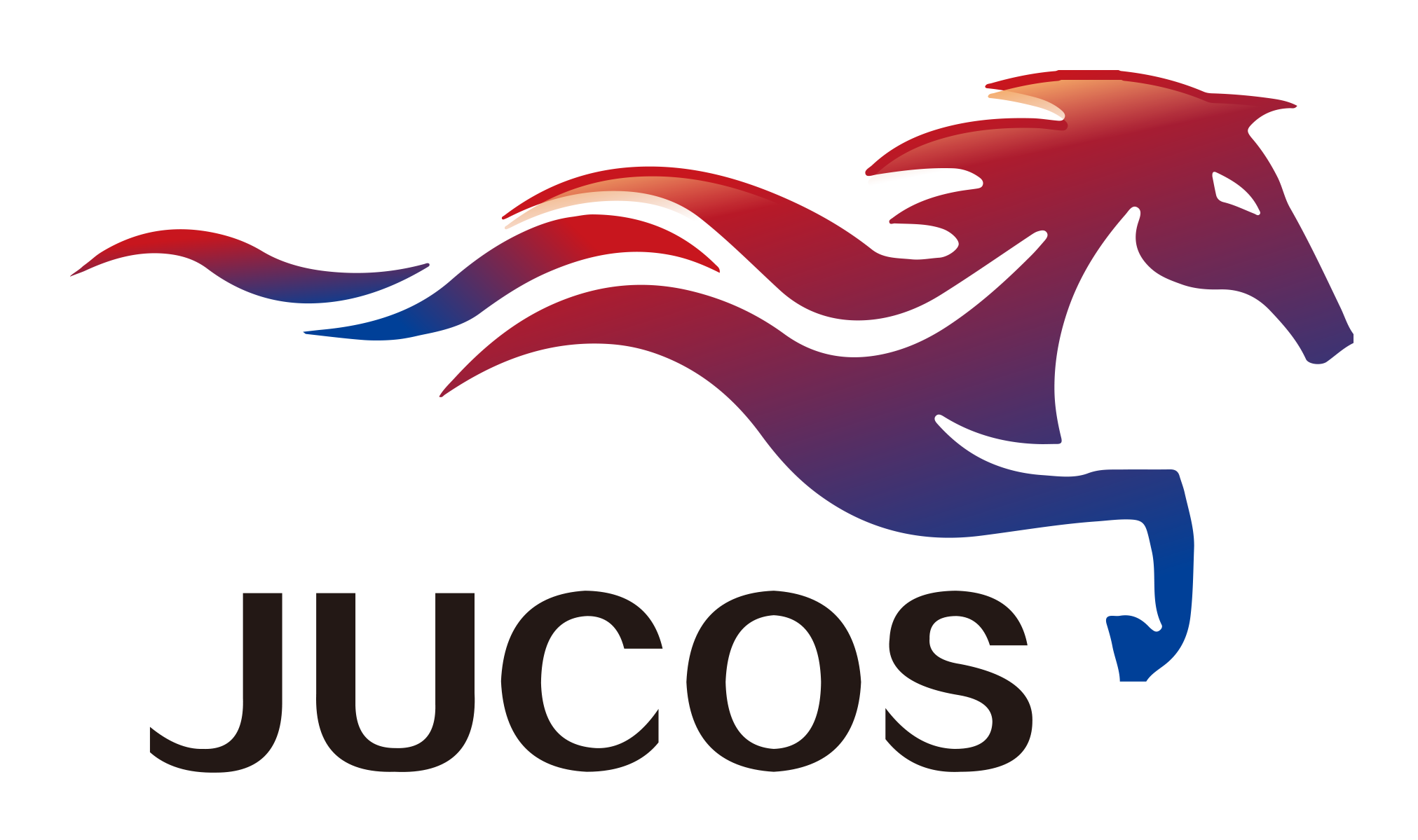In April, HOTSALES, AUE customer order 500pcs zinc plates
In April, HOTSALES, 500pcs zinc plates are packed for delivering to our customer in AUE.High quality zinc plates with good packing.
Etching is a technique that uses chemical strong acid etching, mechanical polishing or electrochemical electrolysis to treat the surface of an object. Besides enhancing the aesthetics, it also increases the added value of the product. The application range of etching technology includes etching processing application fields: electronic consumer field, filtration and separation technology, aerospace field, medical equipment, precision machinery, automobile, high-end handicrafts, etc.
So what is metal etching? Metal etching is a technique of removing excess metal material through chemical reaction or physical shock. It can be divided into wet etching and dry etching. This consists of a series of chemical processes. Different etchants have different corrosion characteristics and strengths on different metal materials.
It is also known as photochemical etching, which means that the protective film in the metal etching area is removed after exposure, plate making, development, and contact with chemical solutions to achieve dissolution corrosion, formation of bumps or hollowing out. It was first used to manufacture printed embossed plates such as copper plates and zinc plates, and was widely used to reduce the weight of instrument panels or process thin workpieces such as nameplates.
Types of Etching Techniques
Wet etching:
Wet etching is to soak the wafer in a suitable chemical solution, or spray the chemical solution onto the wafer for quenching, and remove the atoms on the surface of the film through the chemical reaction between the solution and the etched object, so as to achieve the purpose of etching. During wet etching, the reactants in the solution first diffuse through the stagnant boundary layer and then reach the wafer surface, resulting in chemical reactions that produce various products. The products of the etching chemical reaction are liquid or gas phase products, which then diffuse through the boundary layer and dissolve into the main solution. Wet etching not only etches vertically, but also has a horizontal etching effect.
Dry etching:
Dry etching is usually a plasma etching or chemical etching. Due to the different etching effects, the physical atoms of ions in the plasma, the chemical reactions of reactive radicals, and the surface atoms of the device (wafer), or a combination of the two, include the following:
1) Physical etching: sputter etching, ion beam etching
2) Chemical etching: Plasma etching
3) Physical chemical composite etching: reactive ion etching
Dry etching is an anisotropic etching with good directionality but less selectivity than wet etching. In plasma etching, plasma is a partially dissociated gas, and gas molecules are dissociated into electrons, ions, and other species with high chemical activity. The biggest advantage of dry etching is "anisotropic etching". However, (radical) dry etching is less selective than wet etching. This is because the etching mechanism of dry etching is physical interaction; therefore, the impact of ions can remove not only the etched film but also the photoresist mask.











